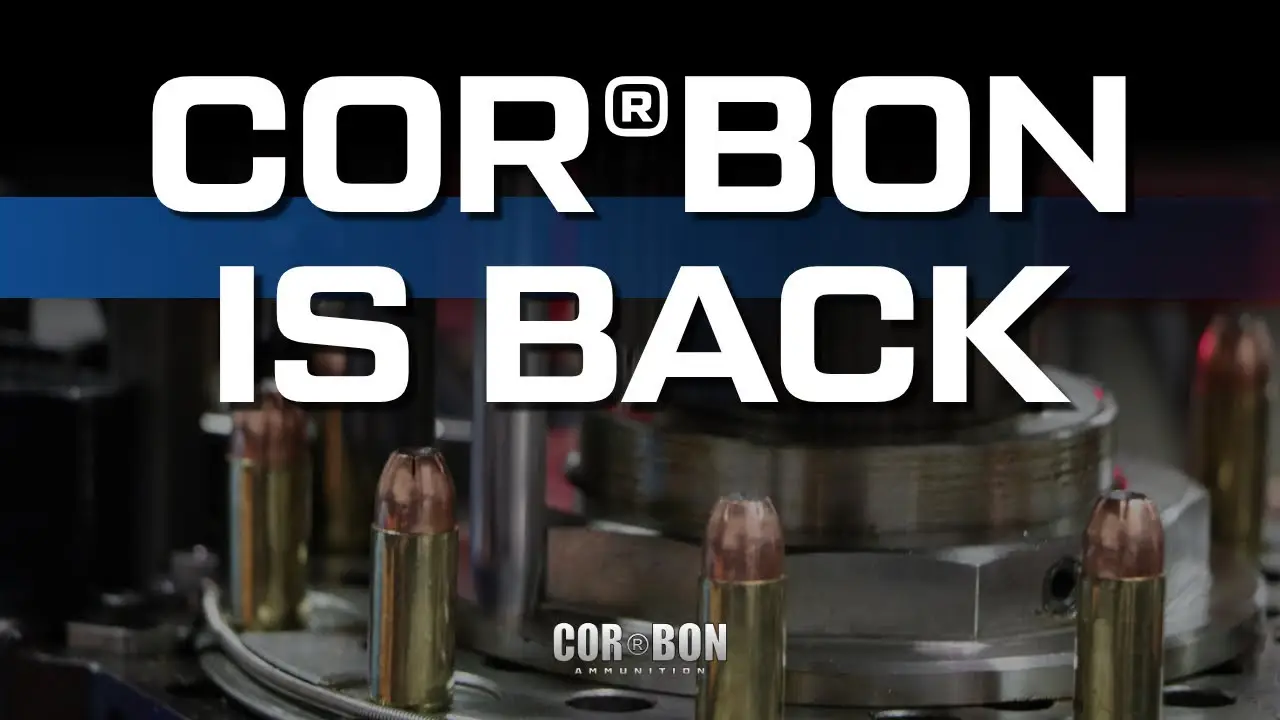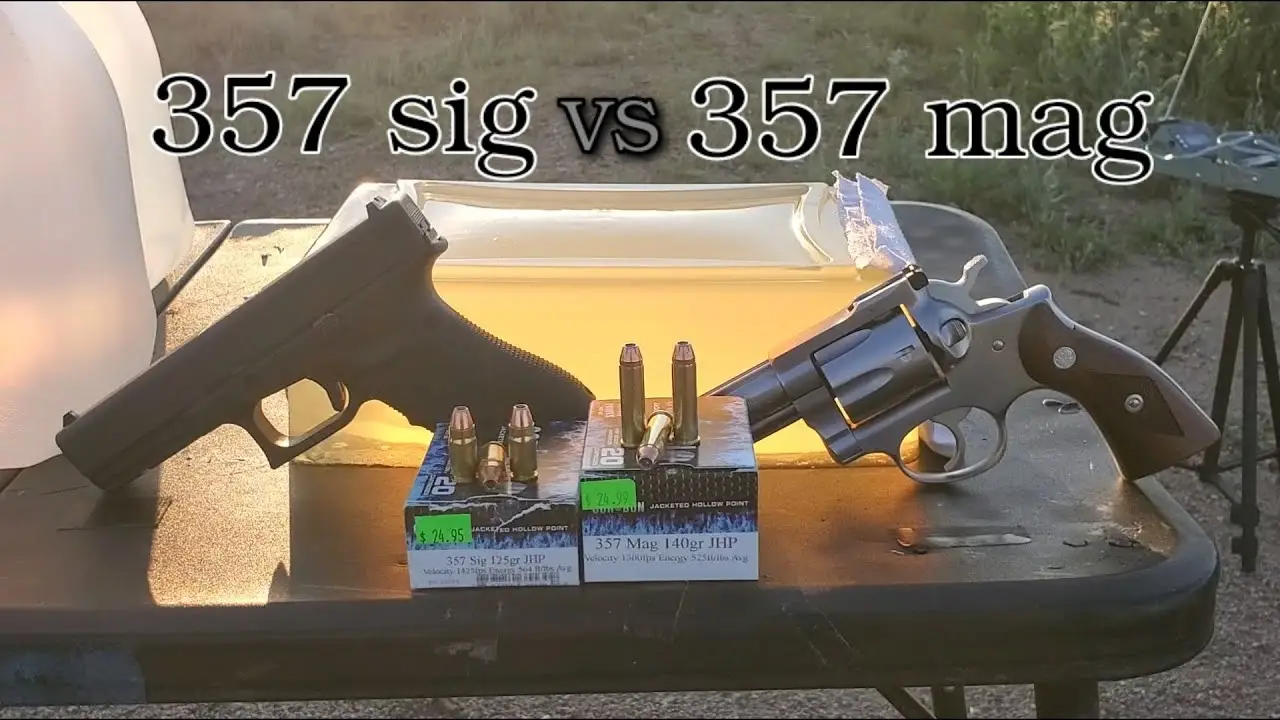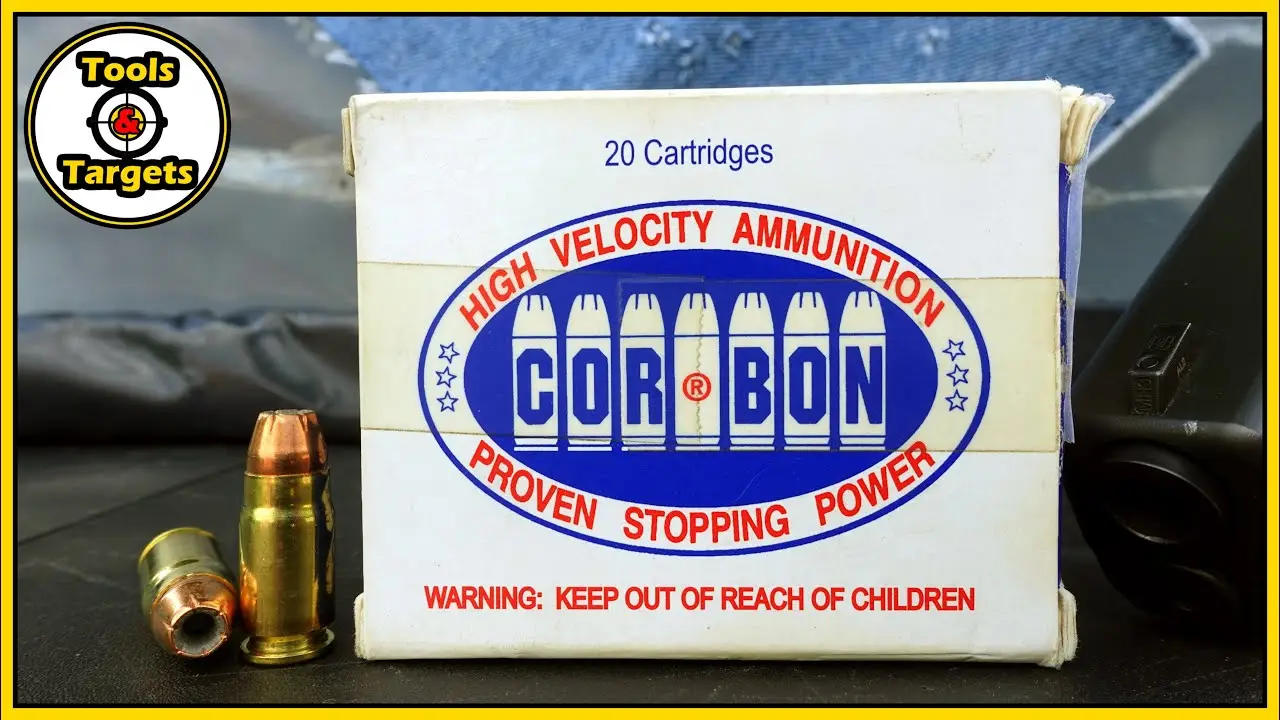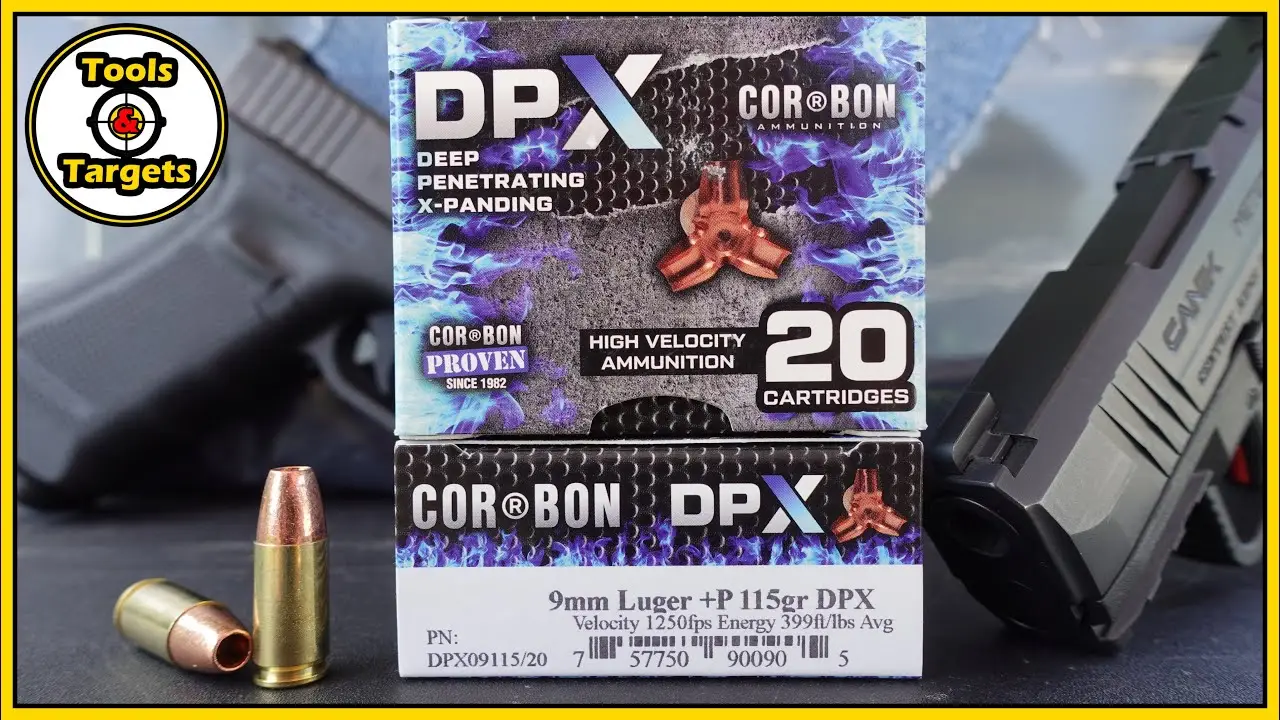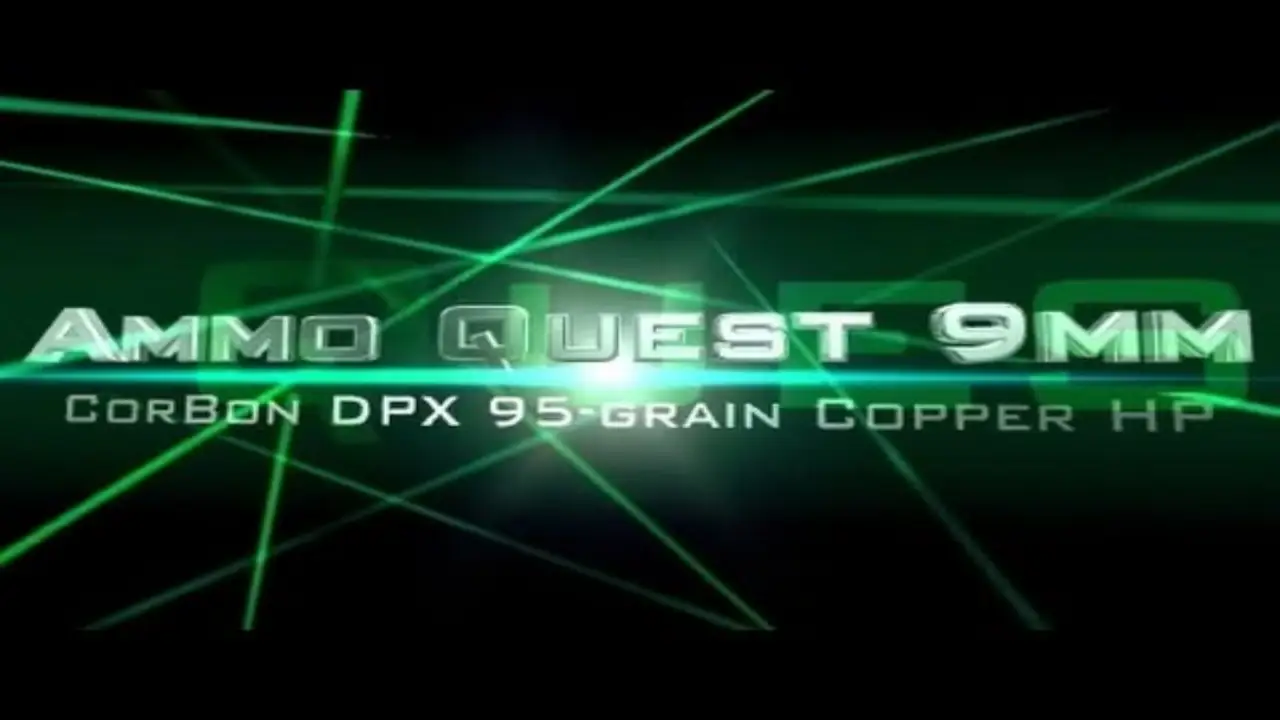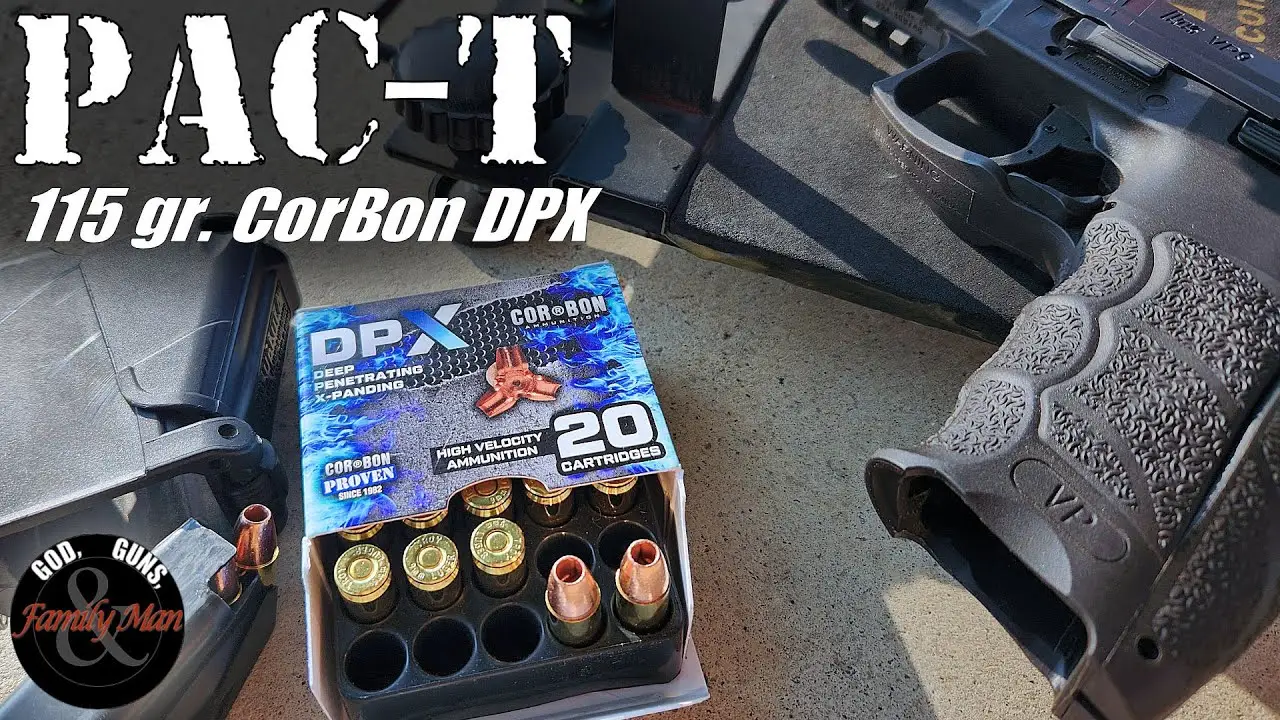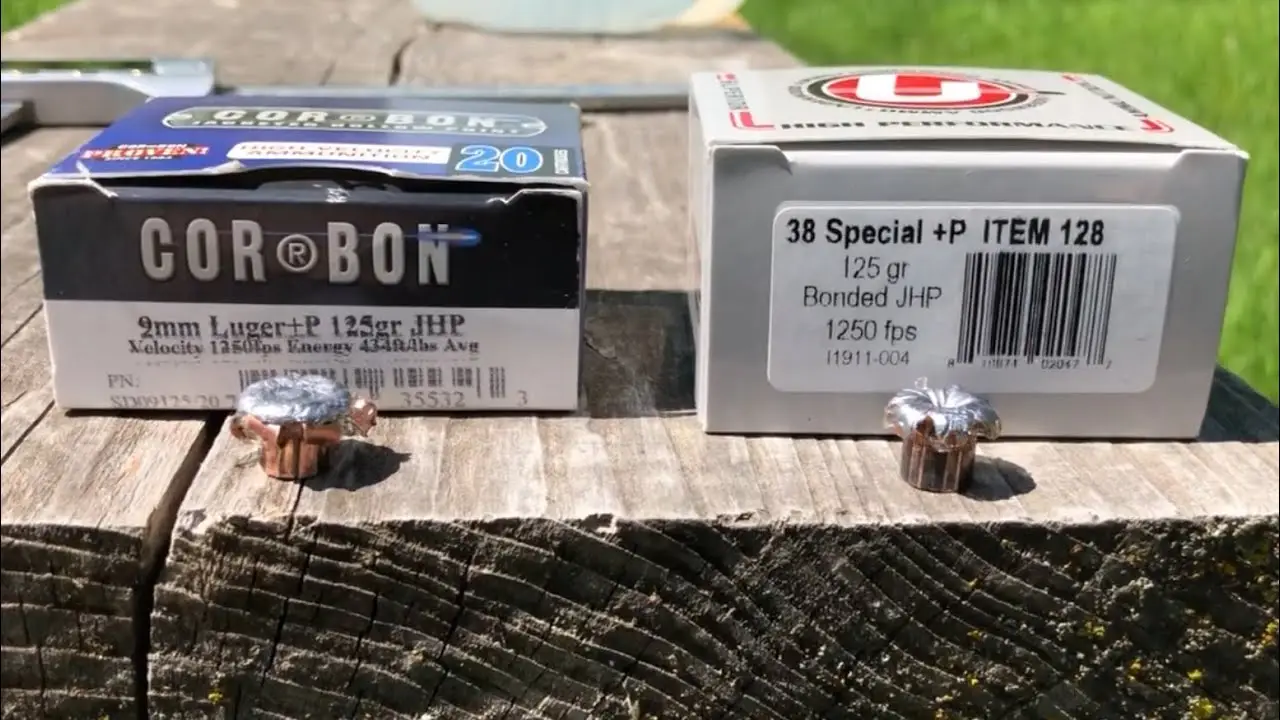Carrying a .380 ACP micro pistol means balancing compact size with dependable performance. Two factors matter most: reliable expansion and consistent penetration through common clothing. Some hollow points expand beautifully in bare gel but clog and over-penetrate when they hit denim. The Corbon 90-grain Jacketed Hollow Point (JHP) was tested to see if its strong gel reputation holds up in real-world use.
Test Setup and Expectations
Testing used a Taurus TCP with a 2.8-inch barrel, a realistic size for most pocket pistols. Corbon lists this load at 1,050 ft/s, but that number usually comes from longer test barrels. Short barrels typically produce lower speeds and energy.
The test included:
-
Chronograph readings for actual muzzle velocity
-
Five shots into clear ballistic gel
-
Denim-barrier testing to simulate real clothing layers
The denim test matters because clothing fibers often clog hollow points and stop them from expanding.
Ballistic Gel Results (No Barrier)
In bare gel, the Corbon 90-grain JHP delivered strong and repeatable results for a .380 ACP. Penetration ranged from 11.25 to 16 inches across five rounds. Four of the five bullets expanded well, forming wide mushroom shapes and sharp, peeling petals.
One round expanded less completely but still created a cutting profile that would cause significant tissue damage. Overall, the round showed solid penetration and large expansion—a promising combination for ideal, no-barrier conditions.
These results put the Corbon JHP among the better-performing .380 options in clean ballistic gel tests.
Denim Barrier Test — Where It Struggled
The picture changed once denim entered the test. Multiple bullets failed to expand after passing through the fabric. The denim clogged the hollow point cavity, turning the bullet into something close to a full metal jacket.
This caused over-penetration and little energy transfer. The result is less effective stopping power and a higher chance of the bullet passing through a target.
The issue mirrors common hollow point failures against thick or fibrous clothing. When the cavity gets blocked, the bullet can’t mushroom as designed. For self-defense ammo, that loss of control and consistency is a major drawback.
Velocity and Bullet Design Notes
The average velocity measured from the Taurus TCP was about 932 ft/s, which is lower than Corbon’s published number. That drop is expected with a short barrel.
However, the denim problem likely came from bullet design, not just lower speed. Some modern hollow points use polymer plugs or special grooves to resist clogging. The Corbon JHP lacks these features, making it more vulnerable when heavy fabric is involved.
Everyday Carry (EDC) Recommendations
When choosing defensive ammo for micro pistols, barrier performance is as important as raw gel results. Pocket-size guns are often carried in real-world settings—under jackets, in jeans, or near layered clothing.
A good EDC load should expand reliably through denim and light barriers while maintaining safe penetration depth. Shooters should always test their chosen ammo in their own firearm, using realistic clothing materials.
If a round fails to expand through denim or over-penetrates, consider switching to options known for barrier reliability, such as bonded or polymer-tipped hollow points.
Final Verdict
The Corbon 90-grain JHP performs exceptionally well in bare gel, offering strong penetration and expansion for a .380 ACP. But its inconsistent denim performance limits its use as an all-around defensive load.
It can still work well in warm climates or situations with minimal clothing, but for year-round carry, other rounds with better barrier protection are safer and more predictable choices.
Closing Thoughts
Reliability under varied conditions is the foundation of a good defensive round. Ballistic gel tests are important, but real-world barriers tell the full story. A .380 ACP needs ammunition that expands dependably through the same clothing you might face every day.
The Corbon 90-grain JHP shines in clear gel but stumbles through denim—proof that velocity alone doesn’t equal performance. When lives are on the line, barrier-proof design matters more than numbers on a box.

John Doe
Lorem ipsum dolor sit amet consectetur adipiscing elit dolor

